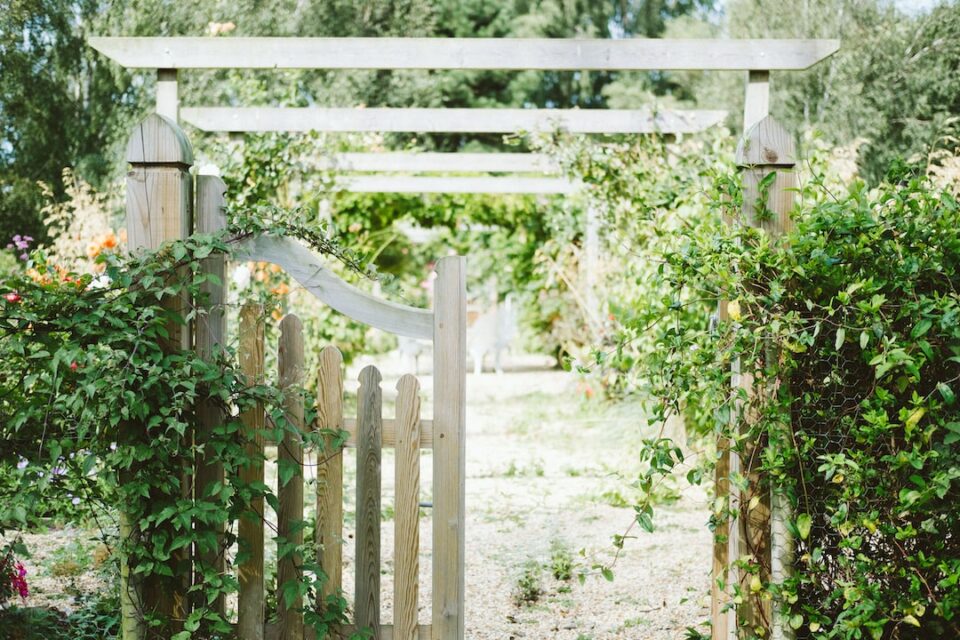The art of companion planting has been practiced for centuries, as gardeners have discovered the benefits of growing certain plants together. This method involves selecting specific plants that enhance each other’s growth and protect one another from pests and diseases. By understanding the science behind companion planting, gardeners can create a harmonious environment that maximizes the health and productivity of their crops. In this blog post, we will explore seven plant combinations to try in your own garden.
1. Tomatoes and Basil:
One of the most well-known companion planting combinations is tomatoes and basil. The strong scent of basil helps ward off pests that commonly attack tomato plants, such as aphids and whiteflies. Additionally, basil can improve the flavor of tomatoes when grown nearby, making it a win-win combination.
2. Carrots and Onions:
Carrots and onions are excellent companions in the garden. While carrots repel onion flies, onions deter carrot flies. This mutual protection reduces the risk of infestation, leading to healthier plants. Furthermore, the strong odor of onions helps repel other insects, benefiting nearby crops.
3. Cabbage and Marigolds:
If you are growing cabbage, consider planting marigolds nearby. Marigolds emit a scent that repels cabbage butterflies and other pests that commonly attack cabbage plants. These vibrant flowers also act as a trap crop, attracting harmful insects away from cabbage and protecting your harvest.
4. Beans and Corn:
Beans and corn have a symbiotic relationship that can benefit both plants. Beans are nitrogen-fixing plants, meaning they convert nitrogen from the air into a form that is usable by other plants. Corn, on the other hand, requires a significant amount of nitrogen to thrive. By planting beans and corn together, you create a mutually beneficial environment where the beans provide nitrogen to the corn, and the corn provides support for the climbing beans.
5. Spinach and Strawberries:
Growing spinach and strawberries together is not only visually appealing but also beneficial for both plants. Spinach provides shade to the shallow-rooted strawberries, protecting them from excessive heat and preventing weed growth. In return, strawberries act as living mulch, suppressing weeds around the spinach plants. This combination maximizes space and creates a harmonious growing environment.
6. Squash and Nasturtiums:
Squash and nasturtiums are excellent companions that promote a healthy garden. Nasturtiums act as a natural deterrent to squash bugs and other pests that can harm squash plants. In addition, they attract beneficial insects, such as bees and butterflies, which aid in pollination. The vibrant flowers of nasturtiums also add a pop of color to your garden.
7. Roses and Garlic:
If you have roses in your garden, consider planting garlic nearby. Garlic has natural fungicidal and insecticidal properties, which help protect roses from diseases and pests. The pungent smell of garlic keeps aphids and other pests at bay. This combination not only enhances the health of your roses but also adds a touch of flavor to your culinary creations.
In conclusion, companion planting is an art that can significantly benefit your garden. By strategically selecting plant combinations based on their symbiotic relationships, you can create a thriving and harmonious environment. Whether it’s deterring pests, enhancing flavors, or providing support, the right combinations can transform your garden into a vibrant and productive space. So, try these seven plant combinations and discover the magic of companion planting in your own backyard.

